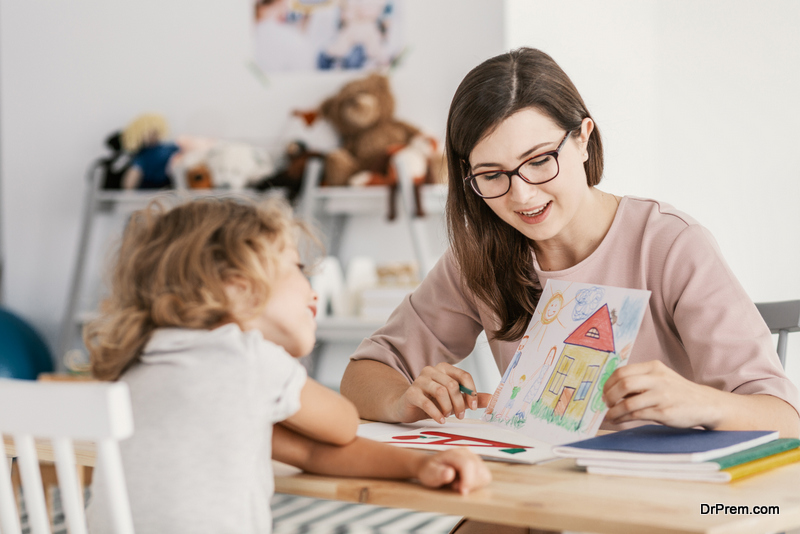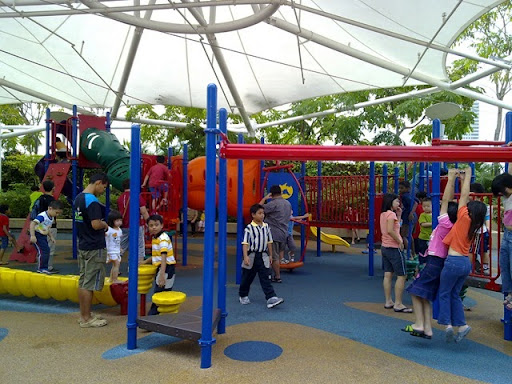Behavioral therapy and calming activities can be more effective than medicine for kids with ADHD. The American Academy of Pediatrics advises primary care clinicians to prescribe behavioral therapy before opting for medicine.
 ADHD or Attention Deficit Hyperactivity Disorder is common with children. The objective is to harness the extra energy of children at school through more productive and creative ways. This would not only help in increasing their attention span but also improve their motor and cognition skills.
ADHD or Attention Deficit Hyperactivity Disorder is common with children. The objective is to harness the extra energy of children at school through more productive and creative ways. This would not only help in increasing their attention span but also improve their motor and cognition skills.
Students with ADHD tend to be in constant motion. They can never sit still for a specified time. Specific calming activities for students with ADHD are often adopted to improve their concentration that would help in enhancing their academic performance.
Handling hyperactive children:
One or two hyperactive kids in the classroom are enough to make the class uncontrollable. Although it may seem tough to handle hyperactive kids, it is always not so. The teacher should know that hyperactivity is not a choice but a biological disorder based in the brain. Hyperactive kids may lag in social maturity.
Even if the kid is at par academically with his peers, one should always consider him two years younger than others in terms of maturity. This would help the teacher frame the right mindset which is crucial while dealing with hyperactive kids.
11 Calming activities for students with ADHD that can be followed in the classroom:
1. Encourage relaxing activities in the classroom:
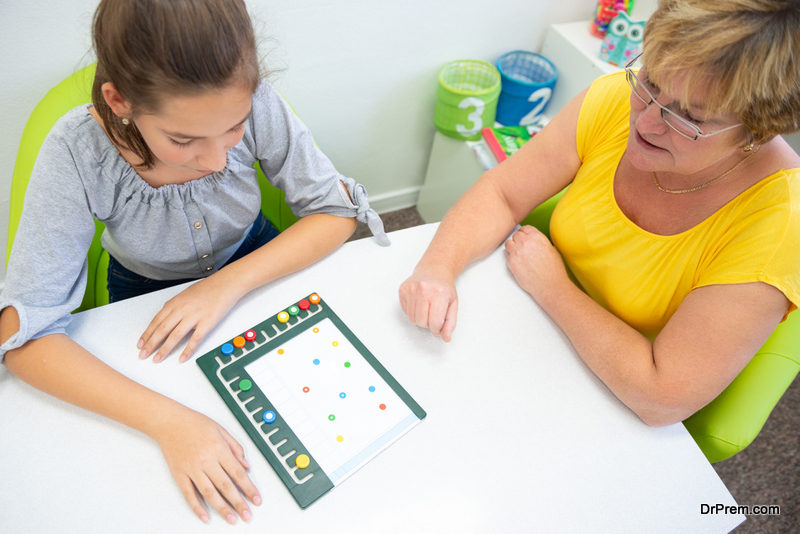 Calming activities for students with ADHD implies engaging their body and mind in sync. Therefore, the best way to achieve this is to allow a few relaxation activities in the classroom. Talk to them slowly in a simple language. Keep your voice low and soft so as to make them feel relaxed. The ultimate goal is to set a relaxing atmosphere in the classroom.
Calming activities for students with ADHD implies engaging their body and mind in sync. Therefore, the best way to achieve this is to allow a few relaxation activities in the classroom. Talk to them slowly in a simple language. Keep your voice low and soft so as to make them feel relaxed. The ultimate goal is to set a relaxing atmosphere in the classroom.
2. Allow some body movement throughout the school time:
This is perhaps one of the best ways to handle a hyperactive kid especially the kindergarten and 1st -grade ones. Encourage the entire class to participate in stretching and jogging activities followed by some dance and music.
With senior students, movement types may be different. Give them the responsibility to do some tasks involving some movement like distribution of papers, collecting notebooks or helping teachers in arranging books and papers.
3. Arrange for alternate high-and low-energy lessons:
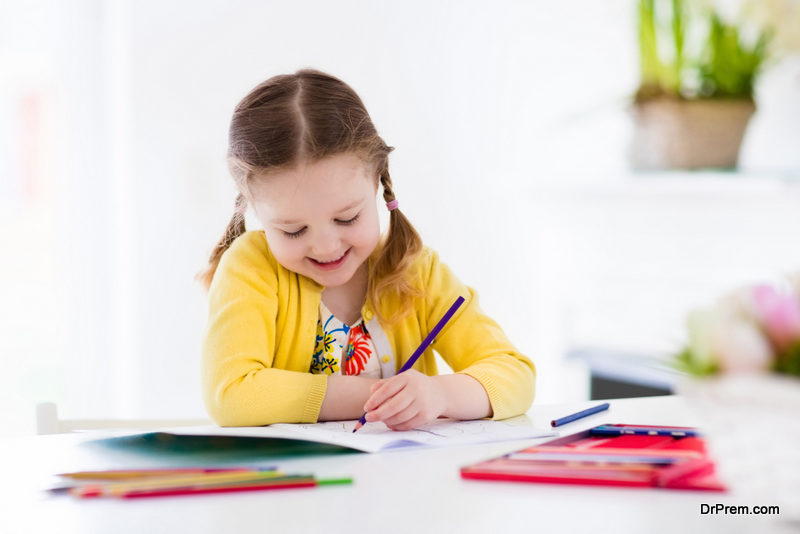 A period of creative writing after a high-energy musical class can help in proper channelization of energy for ADHD students. They will feel easy to concentrate after a high energy session. Similarly, setting a mathematics class after recess or physical education can give similar results.
A period of creative writing after a high-energy musical class can help in proper channelization of energy for ADHD students. They will feel easy to concentrate after a high energy session. Similarly, setting a mathematics class after recess or physical education can give similar results.
4. Provide an alternative seating arrangement:
You will not be able to control a hyperactive kid within the confines of a chair. They can be better focused if some movement is allowed while reading. They will not have to focus too much on sitting still on the chair but focus on learning with all energy.
You can make them stand on raised tables or allow them pace to along gently while reading. A rocking chair in the classroom may also help where the kid will find himself relaxed by rocking and paying attention to teaching at the same time.
5. Engage them in play-based activities:
 One of the best calming activities for students with ADHD is to keep them engaged in play-based activities. These can be easily arranged in a school. For example, an activity box can help in keeping an ADHD student meaningfully engaged. This improves his concentration and memory and also helps in skill development.
One of the best calming activities for students with ADHD is to keep them engaged in play-based activities. These can be easily arranged in a school. For example, an activity box can help in keeping an ADHD student meaningfully engaged. This improves his concentration and memory and also helps in skill development.
6. Behavior therapy:
Behavior therapy is another great way to calm a child with ADHD. Reward your student for good manners, improving his concentration and reducing hyperactivity. Encourage them for listening to you and keeping things in order. They will stick to their habits.
7. Engage them in outdoor sports:
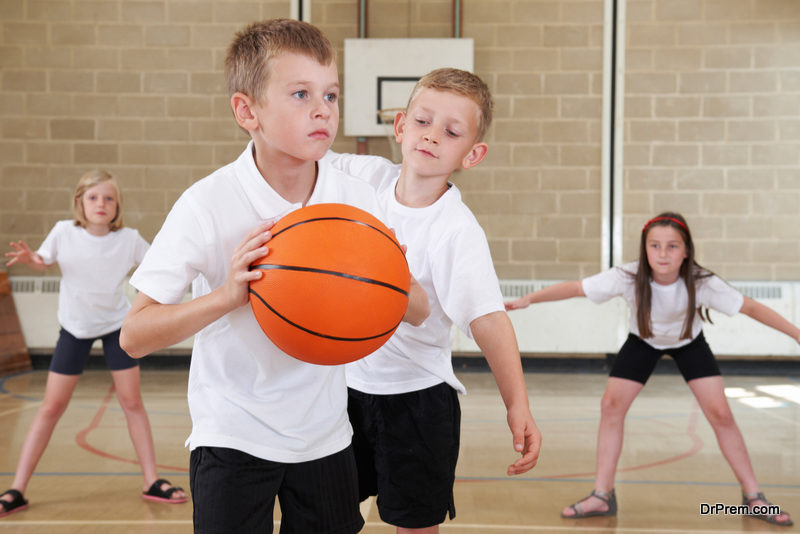 Outdoor games like basketball, football, cricket, baseball, volleyball and badminton are great calming activities for students with ADHD. Since they won’t have to stand still for a long time, these activities are perfect to channelize their energy.
Outdoor games like basketball, football, cricket, baseball, volleyball and badminton are great calming activities for students with ADHD. Since they won’t have to stand still for a long time, these activities are perfect to channelize their energy.
They will improve concentration, develop sportsmanship and learn the essence of team spirit. If they are not willing to participate in the above activities, encourage them for running exercises which is not only good for their health but will give a sense of accomplishment.
8. Take them for nature trails:
Nature in its own way will soothe a hyperactive kid. Kids love natural surroundings. Schools can arrange for hiking, trekking and rock climbing. These help in building physical endurance and are great calming activities for students with ADHD.
9. Give them mind games:
 What can be a better way to calm a child with ADHD other than giving them mind games? This will help them to improve their attention span and frame thoughts in a proper manner. Let them exercise their brains with scrabbles, chess and match pairing. They will sit in one place and try to concentrate.
What can be a better way to calm a child with ADHD other than giving them mind games? This will help them to improve their attention span and frame thoughts in a proper manner. Let them exercise their brains with scrabbles, chess and match pairing. They will sit in one place and try to concentrate.
10. Engage them in yoga and deep breathing techniques:
Needless to mention, this can be one of the most useful ways to calm a child with ADHD. Schools can arrange for yoga and deep breathing sessions that will teach students self-control and help them in improving focus and concentration.
11. Calming the sensory inputs:
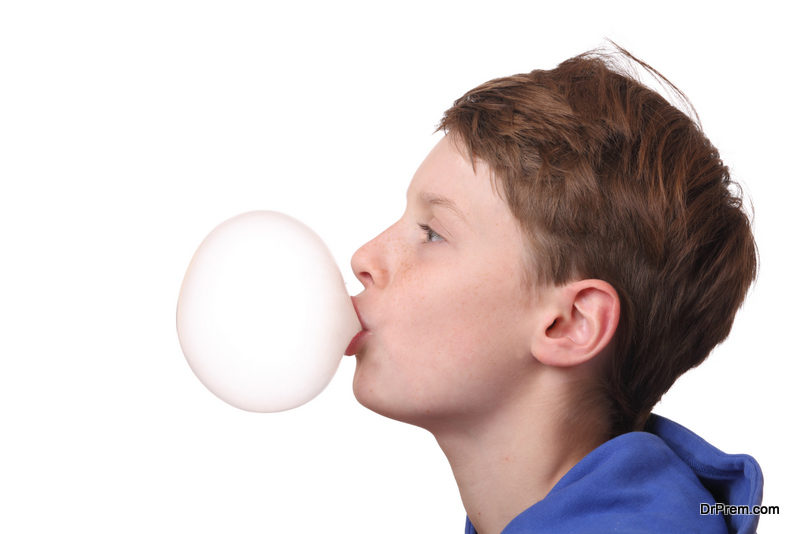 School, classroom, classmates, friends, varied types of lessons – a child has the maximum sensory inputs in all possible ways. For a hyperactive child, this may be counterproductive. While relaxation activities in the classroom can be great to calm down a child with ADHD, the school can adopt certain strategies to calm the sensory inputs.
School, classroom, classmates, friends, varied types of lessons – a child has the maximum sensory inputs in all possible ways. For a hyperactive child, this may be counterproductive. While relaxation activities in the classroom can be great to calm down a child with ADHD, the school can adopt certain strategies to calm the sensory inputs.
- Arranging a quiet space for the child. It may be a corner with bean bag chairs or a small covered space with a desk and chair. It is a great way to restrict the audio-visual inputs allowing the child to calm down.
- Another good calming activity for students with ADHD is applying a tactile system. Let the child run his fingers in a medium-sized plastic box filled with sand, rice grains and dry beans. This sensory feeling would help him to calm down quickly.
- Use the oral sensory system to calm the child. Chewing gums and other snacks like bagel and fruits can provide the required calming input.
- Extreme auditory inputs can leave the child overwhelmed and over stimulated. Talk in low voice to catch their attention instead of shouting. Use a noise meter to monitor the noise in the classroom. Noise reducing headphones are also useful for hyperactive kids getting excited in noisy situations.
- Children especially those are hyperactive easily get distracted and over stimulated by visual input. In school, there is no dearth of such inputs. Turning off the light or dimming it can be effective in reducing visual stimulation. A clear and clutter-free space reduces visual stimulation and kids can focus better.
- Certain repetitive movements can be calming for kids. For example, rocking, swaying, swinging can reset an overwhelmed and over stimulated child.
12. Specific concentration exercise (the coin game)
This game is very easy to be initiated even within the family. It is widely appreciated by the elderly because it improves memory as well as attention, concentration and focus. Kids enjoy it a lot because it’s a fun package and the game is fast. Now let us see what the game actually focuses on, or in simple words the rules indulge in this simple game and how it enhances the above mentioned qualities.
First, take a small pile of coins, a sheet to cover them, and a stopwatch. Choose any five coins from the pile and arrange them into a unique sequence. Now, tell your child to carefully observe the coins sequenced on the table. Then, cover the coins with the sheet. Start the stopwatch, and then tell your child to make the exact pattern taking coins from the pile. When your child is done, note down the time and remove the cardboard cover. Now see whether the pattern he has done is correct or not and if not, how much error he has made or how accurately and efficiently he has done the task. If in the first time he is unable to do it correctly, let him keep trying until he can accomplish the task. You can increase the difficulty level of the patterns gradually. The more your child will play the more improvement can be seen in concentration and sequencing. You can see quick results if you follow this process.
13. Figuring out puzzles
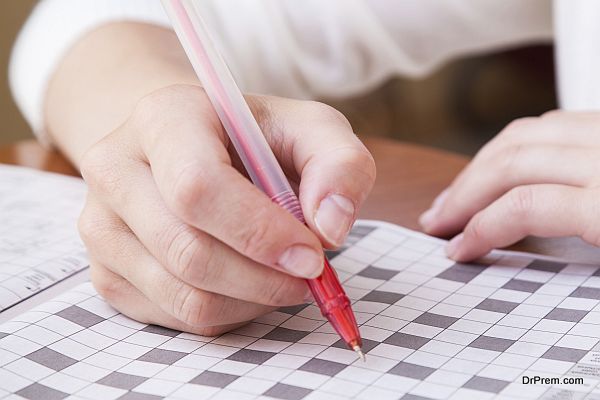 Puzzles, picture puzzles, and crossword puzzles might look simple, but they are highly effective tools for helping improve the brain of the kids suffering from ADHD. Crossword puzzles improve attention for words, tests the vocabulary and word sequence in the mind. It turns out to be very useful while developing the memory power. Word puzzles like scrabble is an excellent game to improve intellect and coordination. Picture puzzles look for things that are ‘errors’ in the picture, or look for hidden objects. They are colorful and attractive too. Picture puzzles also improve attention and concentration.
Puzzles, picture puzzles, and crossword puzzles might look simple, but they are highly effective tools for helping improve the brain of the kids suffering from ADHD. Crossword puzzles improve attention for words, tests the vocabulary and word sequence in the mind. It turns out to be very useful while developing the memory power. Word puzzles like scrabble is an excellent game to improve intellect and coordination. Picture puzzles look for things that are ‘errors’ in the picture, or look for hidden objects. They are colorful and attractive too. Picture puzzles also improve attention and concentration.
14. Stabilizing body and mind
This is a technique involving proper integration and coordination of mind and body. It can be achieved by practicing yoga, especially different asanas and pranayam. For example, an attempt to sit straight on the chair, avoid shaking legs, keeping the back erect, etc helps the child gain self control and stability. Other than yoga, this can also be achieved if parents follow a strict regime and turn up their child to do exercises. Such practices provide self control, strengthen body and mind integration and help in blood circulation to the brain that initiates better concentration and thinking abilities.
15. Visual imagery
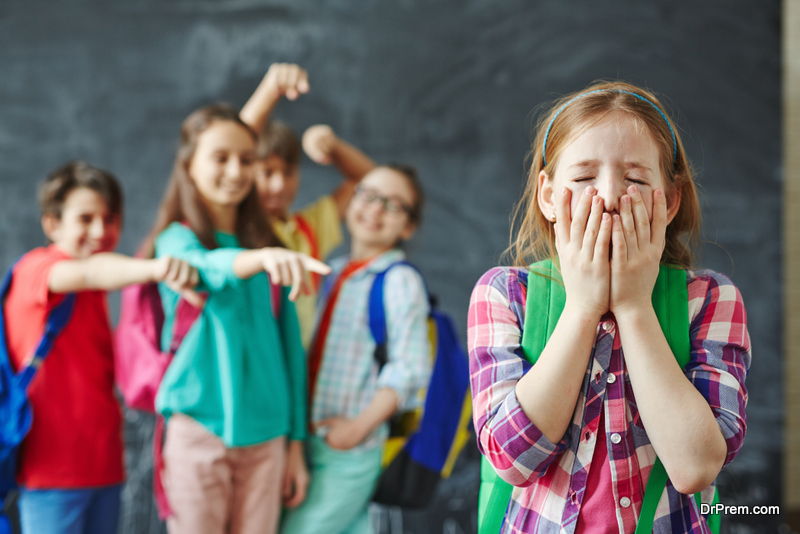 Positive visual imagery helps the brain to improve imagination and memory skills. The most important question that people ask here is, how does it help in improving the skills. The answer to this can be explained with a little example. For instance, if your child imagines a situation where he can tolerate teasing and bullying and this visualization is replayed in front of him everyday and practiced for many days then he automatically develops a strong supportive feeling. This will help him if he ever has to face it in real life. It’s important playing out certain role playing situations, which will further help your child be adept to the challenges of the real world.
Positive visual imagery helps the brain to improve imagination and memory skills. The most important question that people ask here is, how does it help in improving the skills. The answer to this can be explained with a little example. For instance, if your child imagines a situation where he can tolerate teasing and bullying and this visualization is replayed in front of him everyday and practiced for many days then he automatically develops a strong supportive feeling. This will help him if he ever has to face it in real life. It’s important playing out certain role playing situations, which will further help your child be adept to the challenges of the real world.
16. Adult games (Brain teasers)
Some of the tough games can help kids with ADHD to develop more efficiency and can regulate their minds better. The organizations dealing with child development and nourishment, like playing brain teasers and playing cards helps us discover the tricks and increase thinking ability and speed of response. Other games for excelling the memory, strategy, and planning skills include playing chess, juggling balls, mind games and word games etc.
17. Brain exercise therapy and physical therapy
 A Brain Power Clinic situated in Jerusalem, and the author of the book “Brain Exercises to Cure ADHD,” have cited “brain exercise therapy” (BET) to be of great help, and says, it has been verified that the neural pathways gets built up and dopamine levels increases.
A Brain Power Clinic situated in Jerusalem, and the author of the book “Brain Exercises to Cure ADHD,” have cited “brain exercise therapy” (BET) to be of great help, and says, it has been verified that the neural pathways gets built up and dopamine levels increases.
Dr Douglas Cowan, the creator, ADHD Information Library, has used physical exercises for years, and claims that they immensely help ADHD kids in gaining concentration and reducing hyper-activeness. It works on the principles of bilateral movement. These are also termed as brain warm up exercises. The regime includes a march for 90 seconds, using right arm lifting the left leg and then the right leg lifting the left arm. Then increase the walking pace and try out other physical movements as the sumo wrestlers do, sitting on a yoga ball and increasing the balance, rolling a bit back and forth can work wonders.
18. Things to add/eliminate in diet
One can give a serious thought in kid’s diet. What to add and what to eliminate? Chemicals, preservatives and colorings are to be eliminated totally even if they are approved. Mayoclinic is of the opinion that sodium benzoate and other approved colors may heighten the hyperactivity of children. Similarly, over consumption of refined sugar may aggravate the situation though a direct correlation between sugar consumption and ADHD is yet to be proved. Since sugar causes a spike in energy levels, it may increase hyperactivity in kids.
19. Avoid allergy causing foods
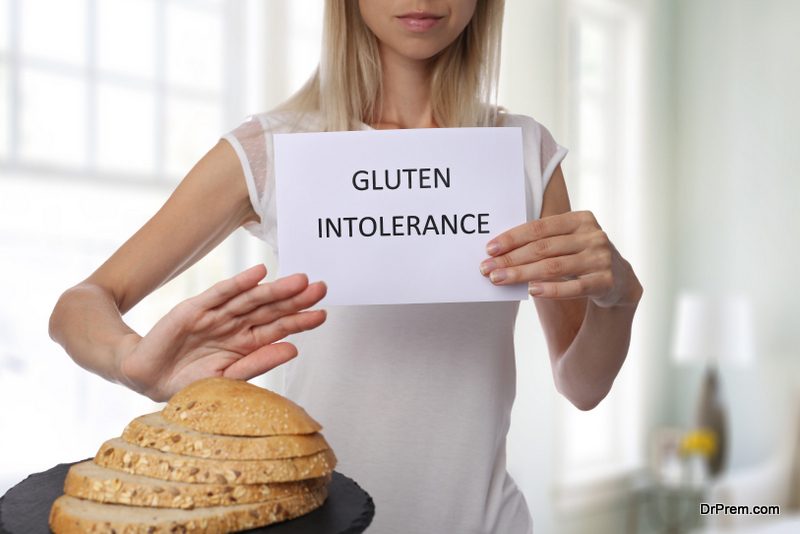 Milk, eggs and chocolates can be allergy causing to a kid suffering from ADHD. Eliminating these foods may bring the symptoms under control. Naturally occurring salicylates in foods like berries, apples, citrus fruits, tomatoes, plums and peaches can also trigger ADHD symptoms.
Milk, eggs and chocolates can be allergy causing to a kid suffering from ADHD. Eliminating these foods may bring the symptoms under control. Naturally occurring salicylates in foods like berries, apples, citrus fruits, tomatoes, plums and peaches can also trigger ADHD symptoms.
20. Neurotherapy
EEG feedback is a promising neurotherapy that improves the concentration levels of a child automatically reducing his/her hyperactivity. The child can also overcome his/her learning difficulty through this treatment. Kids love games, and this neurotherapy involves them in concentration-enhancing video games which they enjoy without considering it as a part of treatment.
21. Massage therapy
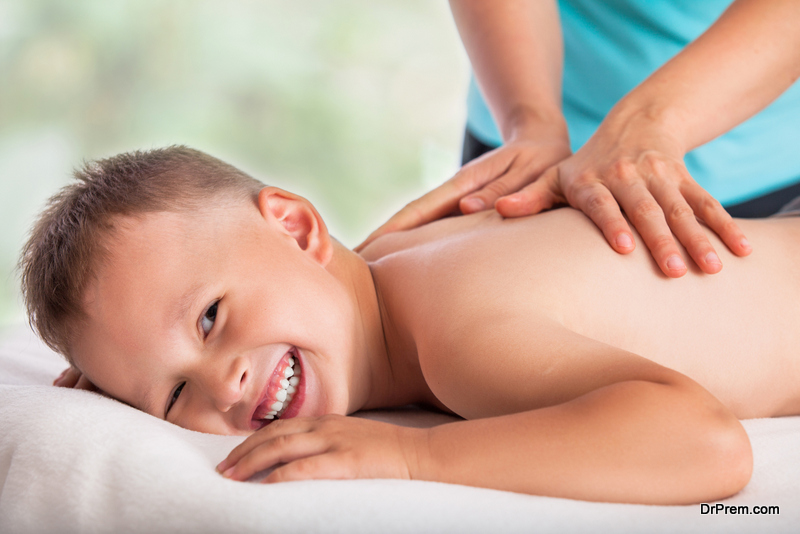 A hyperactive kid’s nerves are never relaxed and thus results in poor concentration and learning disorder. Massaging enhances overall blood circulation and relaxes the brain. Report published in the Adolescent journal in 2003 highlights improved mood and classroom behavior in ADHD kids given biweekly massage sessions.
A hyperactive kid’s nerves are never relaxed and thus results in poor concentration and learning disorder. Massaging enhances overall blood circulation and relaxes the brain. Report published in the Adolescent journal in 2003 highlights improved mood and classroom behavior in ADHD kids given biweekly massage sessions.
22. Yoga sessions
Yoga involves full mind and body coordination which are helpful in controlling the hyperactivity. It enhances the concentration and learning power. Regular yoga sessions will no doubt keep the ADHD symptoms in check.
23. Tai Chi
 The energy diverting oriental treatment can also be very helpful in controlling ADHD symptoms. The treatment channelizes energy through specific energy points of the body. It has been observed that kids participating in Tai Chi sessions twice a week continuously for 6-8 weeks displayed better emotion control, less daydreaming and anxiety and were in a better mood.
The energy diverting oriental treatment can also be very helpful in controlling ADHD symptoms. The treatment channelizes energy through specific energy points of the body. It has been observed that kids participating in Tai Chi sessions twice a week continuously for 6-8 weeks displayed better emotion control, less daydreaming and anxiety and were in a better mood.
24. Intake of supplements:
Low levels of omega-3-fatty acids can be a contributor of ADHD. Omega-3 fatty acid supplements may reduce ADHD symptoms. Supplements of Zinc, Vitamin B 6, Magnesium and L-Carnitine can be helpful in treating ADHD but these should be taken with due medical consultation.
25. Lifestyle changes at home
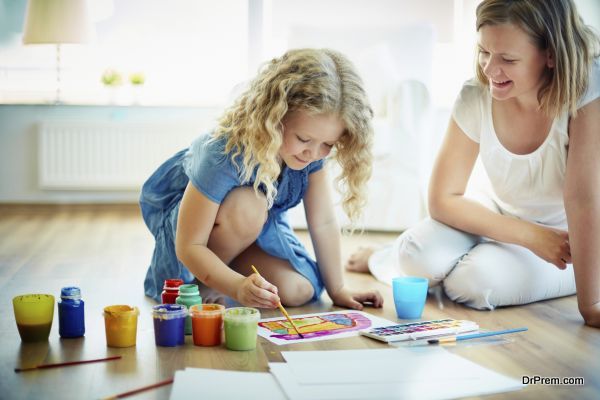 Whatever treatment you adopt, certain lifestyle regulations practiced at home will provide best results in ADHD treatments. Parents no doubt, have a great role to play. Family and extended support in social circle are great factors in improving the kid’s condition. Some crucial tips to follow:
Whatever treatment you adopt, certain lifestyle regulations practiced at home will provide best results in ADHD treatments. Parents no doubt, have a great role to play. Family and extended support in social circle are great factors in improving the kid’s condition. Some crucial tips to follow:
- Maintaining a definite eating, playing and sleeping time
- Showering love and care.
- Teaching discipline in simple words in a friendly manner maintaining eye contact with the kid.
- Encouraging siblings to support the ADHD affected child.
- No criticism or confidence-lowering comments.
- Assigning stress less work like watering the plant, arranging dinner plates and filling water glasses. This will help the kid to focus on a particular activity and will boost his confidence in handling things independently.
- No scolding if the kid makes a mess in his activity.
- Following behavioral therapy with utmost patience as results may not be instant.
- Encouraging the kid towards sports and other extra-curricular activities to improve his self esteem.
- Keeping away the kid from TV and cellphones to avoid distraction.
Conventional drug usage to treat ADHD in kids may have long term unhealthy consequences. Alternative therapies involve natural procedures enabling better long term cure to the suffering kid.
Final Words
It’s difficult to define the symptoms of ADHD because it is hard to draw the line and measure accurately as to where normal levels of inattention, hyperactivity, and impulsiveness terminate, and clinically significant levels requiring effort and hampering the coordination begins. Being a chronic disease, it is seen that 60 out of 100 children diagnosed with ADHD continue showing signs of the symptoms well into adulthood. So, it’s necessary to diagnose it properly and as soon as possible, and begin the treatment.


